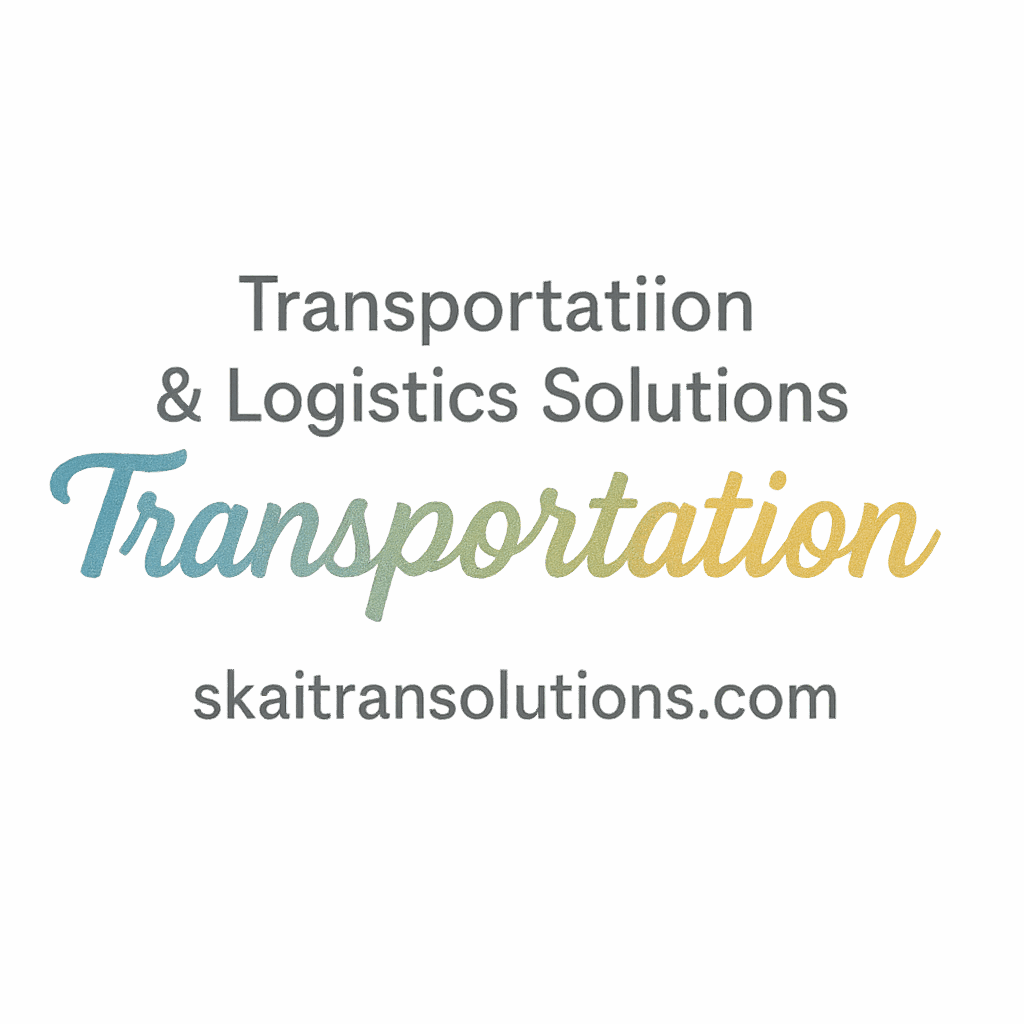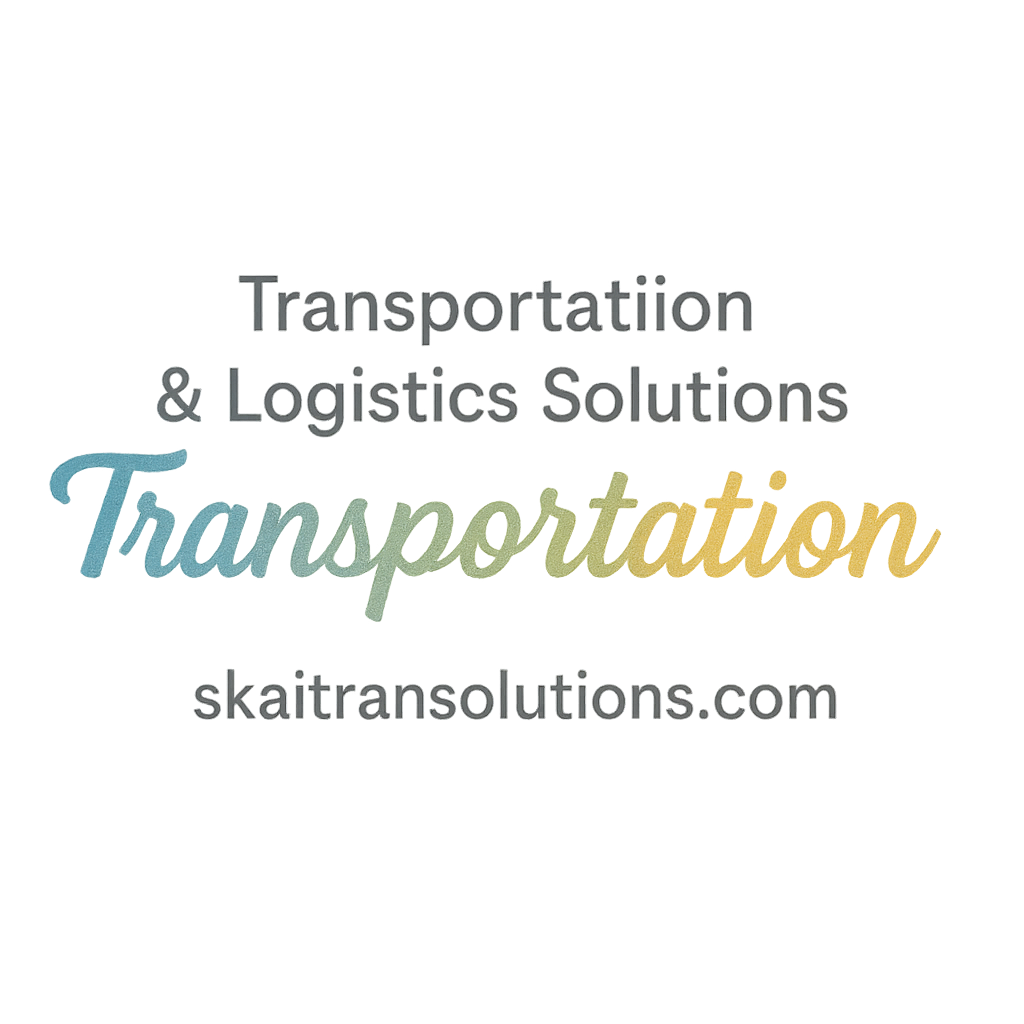Introduction: Why Regulations Matter for Transportation Providers
Transportation providers operate in a highly regulated environment. With safety, efficiency, and environmental concerns at the forefront, staying compliant with industry regulations is not just important, it’s essential. Regulations help ensure that vehicles are roadworthy, drivers are qualified, and operations run smoothly, reducing risks for everyone involved. In this post, we’ll explore the top 10 regulations transportation providers must know to stay compliant, avoid penalties, and ensure the safety of both employees and the public.
What Are Transportation Regulations?
Transportation regulations are the set of rules and laws that govern the operation of vehicles, drivers, and logistics providers in the transportation industry. These regulations are enforced by a variety of governmental bodies, and compliance ensures that companies maintain high safety standards, minimize risk, and contribute to the public good. From vehicle inspections to driver qualifications, these regulations help to safeguard both people and property. For instance, you might want to look into logistics and supply chain solutions to ensure your operations align with industry best practices.
The Key Regulatory Bodies in Transportation
Several key organizations oversee transportation regulations in the United States and globally. Some of the most important regulatory bodies include:
- Federal Motor Carrier Safety Administration (FMCSA): Oversees the safety of commercial vehicles and drivers.
- National Highway Traffic Safety Administration (NHTSA): Regulates vehicle standards, including crash safety and fuel efficiency.
- Environmental Protection Agency (EPA): Regulates emissions standards for vehicles.
- Occupational Safety and Health Administration (OSHA): Ensures worker safety in transportation-related jobs.
These regulatory bodies enforce rules that shape the industry’s operations, ensuring that both companies and drivers meet the required safety standards.
The Role of Compliance in Transportation
Compliance is crucial not only for avoiding fines but also for ensuring that your business operates safely and efficiently. By staying compliant with regulations, transportation providers can:
- Ensure the safety of their drivers and vehicles
- Reduce the risk of accidents and liabilities
- Enhance operational efficiency
- Promote sustainability within the transportation industry
Failure to comply with regulations can lead to serious legal consequences, including costly fines and loss of business opportunities. Companies can look into operational best practices to implement policies and procedures that align with these regulations.
1. Federal Motor Carrier Safety Administration (FMCSA) Regulations
FMCSA regulations are central to the operation of transportation providers. The FMCSA sets forth rules for interstate transportation, ensuring that vehicles and drivers meet safety and operational standards. Some of the key regulations include:
- Driver qualifications, such as licensing and medical fitness
- Vehicle maintenance and inspection requirements
- Safety standards for equipment like brakes and tires
To remain compliant, transportation providers must familiarize themselves with these rules and ensure they are followed across the entire fleet.
2. Hours of Service (HOS) Regulations
Driver fatigue is a serious concern in the transportation industry. The Hours of Service (HOS) regulations are designed to limit the number of hours drivers can operate a vehicle, ensuring they get the rest they need to perform safely. Some of the key HOS regulations include:
- A limit of 11 hours of driving within a 14-hour workday
- A mandatory 30-minute break after 8 hours of driving
- 10 hours of rest before starting a new shift
These regulations play a critical role in keeping roads safe and reducing accidents caused by driver fatigue.
3. Drug and Alcohol Testing Regulations
Transportation providers are required by law to test drivers for drugs and alcohol to ensure that they are fit to drive. The FMCSA mandates drug and alcohol testing at various points in a driver’s career, including:
- Pre-employment testing
- Random testing
- Post-accident testing
This regulation is designed to maintain safety and prevent accidents caused by impaired driving. You can learn more about how compliance impacts your operations here.
4. Vehicle Inspections and Maintenance Standards
Transportation providers must regularly inspect their vehicles to ensure they are in good working condition and meet safety standards. The FMCSA outlines specific inspection and maintenance protocols to ensure that vehicles are roadworthy, including:
- Pre-trip inspections of key systems, such as brakes and lights
- Regular maintenance to prevent breakdowns
- Safety checks to prevent hazardous conditions on the road
Routine maintenance is crucial to minimizing downtime and ensuring the safe transport of goods.
5. International Regulations: The ELD Mandate
The Electronic Logging Device (ELD) mandate has transformed how transportation providers track driver hours of service. ELDs automatically record driving time, replacing paper logs. Key points include:
- ELDs are required for all drivers engaged in interstate commerce.
- The devices automatically track driving hours, ensuring compliance with HOS regulations.
- Failure to comply with ELD regulations can lead to fines and penalties.
By using ELDs, transportation providers can reduce errors, improve compliance, and streamline their operations.

6. Environmental Regulations and Sustainability
The EPA enforces environmental regulations aimed at reducing emissions from commercial vehicles. As part of efforts to curb pollution, transportation providers must comply with various environmental standards, including:
- Limits on carbon dioxide (CO2) emissions
- Requirements for low-emission and electric vehicles in certain regions
- Incentives for adopting greener technologies
Transportation companies can further explore sustainability strategies by checking out innovative technology.
7. The Hazardous Materials Regulations (HMR)
Transportation providers who handle hazardous materials must adhere to the Hazardous Materials Regulations (HMR). These regulations are designed to ensure the safe transportation of dangerous goods, such as chemicals, explosives, and flammable materials. Key requirements include:
- Proper labeling and documentation of hazardous materials
- Specialized packaging and loading requirements
- Emergency response planning in case of accidents
By following these regulations, companies can safely transport hazardous materials without endangering public health or the environment.
8. Insurance Requirements and Liabilities
Transportation providers are required to carry specific types of insurance to cover their vehicles, drivers, and cargo. Insurance requirements typically include:
- Cargo insurance to cover lost or damaged goods
- Liability insurance for accidents and property damage
- Workers’ compensation for employee injuries
By ensuring that they have the appropriate insurance coverage, transportation providers can reduce the financial impact of accidents or operational failures. Learn more about insurance requirements.
9. Weight Limits and Load Distribution
To ensure road safety, transportation providers must comply with weight limits and proper load distribution regulations. These include:
- Ensuring that vehicles do not exceed maximum weight limits
- Properly distributing weight to prevent road damage or accidents
- Regular checks on load security to prevent shifting during transit
By adhering to these regulations, providers can minimize the risk of accidents caused by improperly loaded cargo.
10. State-Specific Regulations
In addition to federal regulations, transportation providers must be aware of state-specific regulations that may vary from one state to another. These can include:
- Local road restrictions
- Special documentation or permits for certain types of cargo
- State-level vehicle inspections and emissions testing
Understanding these state-specific rules is vital for transportation providers operating across multiple regions.
Consequences of Non-Compliance
Failure to comply with transportation regulations can lead to severe consequences, such as hefty fines, lawsuits, or even suspension of operations. Non-compliance can also damage a company’s reputation and increase insurance premiums. In some cases, providers may lose their ability to operate altogether, which can have disastrous financial implications. To minimize these risks, providers can implement best practices for ensuring ongoing compliance.
Best Practices for Staying Up to Date with Regulations
Staying informed about regulations is key to ensuring compliance and avoiding costly penalties. Some of the best practices for staying up-to-date include:
- Regularly reviewing updates from FMCSA, EPA, and other regulatory bodies
- Implementing a compliance management system or software to track regulatory changes
- Providing ongoing training for drivers and other personnel
- Consulting industry experts and legal advisors
By staying informed and adaptable, transportation providers can ensure that their operations are always compliant.
Conclusion
Transportation providers face an ever-evolving landscape of regulations that must be followed to maintain safety, efficiency, and legal compliance. By understanding the 10 key regulations outlined in this article, transportation providers can better navigate these challenges and avoid legal issues that could threaten their business. Whether it’s understanding FMCSA regulations, maintaining vehicles, or adopting environmentally friendly practices, staying compliant is crucial to the long-term success of any transportation provider.
FAQs
- What is the FMCSA, and why is it important for transportation providers?
- The FMCSA regulates commercial vehicles and drivers to ensure safety. Compliance is necessary for interstate transportation operations.
- How can transportation providers stay up-to-date with regulatory changes?
- Providers can subscribe to regulatory updates, use compliance management tools, and attend industry training events.
- What happens if a transportation provider fails to comply with regulations?
- They may face fines, legal actions, or even suspension of their operating license, which could significantly impact their business.
- Do all transportation providers need to use ELDs?
- Yes, all transportation providers engaged in interstate commerce must use electronic logging devices to track driver hours.
- What are the key aspects of hazardous materials transportation?
- Key aspects include proper labeling, packaging, loading, and emergency response planning to ensure safety during transport.
- How do environmental regulations affect the transportation industry?
- Environmental regulations require transportation providers to limit emissions and adopt sustainable practices, such as using low-emission or electric vehicles.
- Can state-level regulations vary from federal regulations?
- Yes, each state may have specific regulations regarding transportation, including road restrictions, permits, and vehicle inspections.
Tanya ChatGPT


